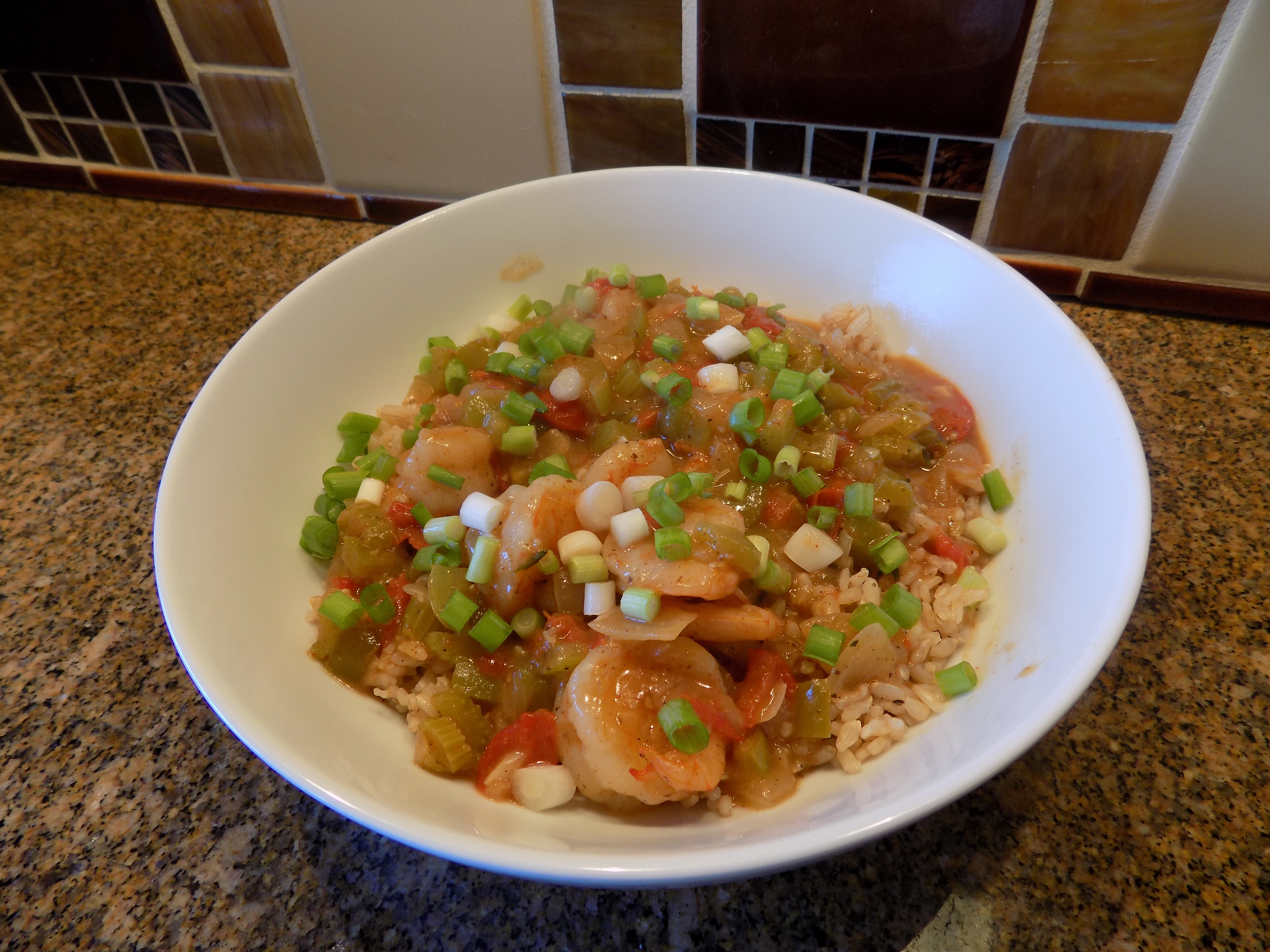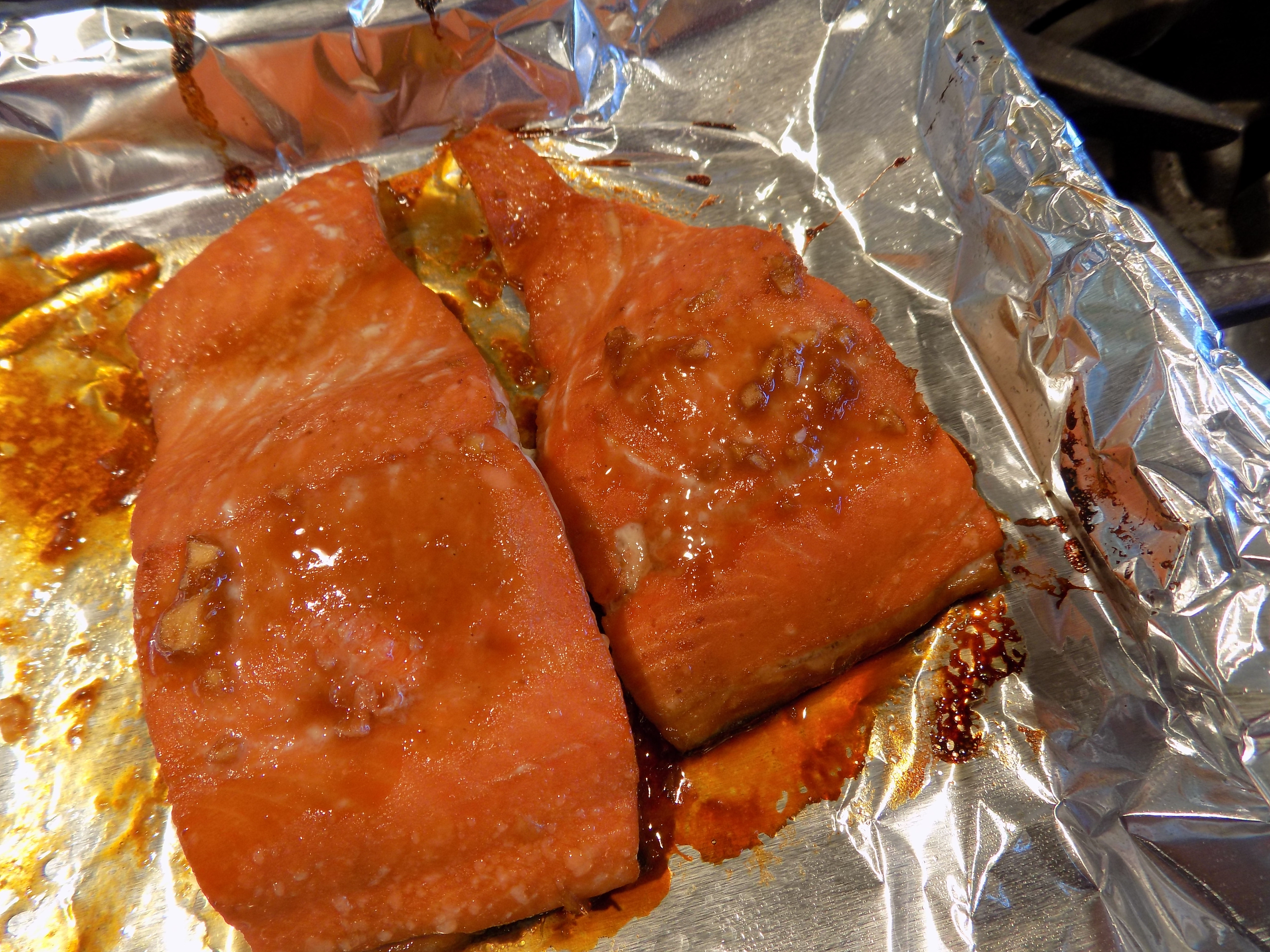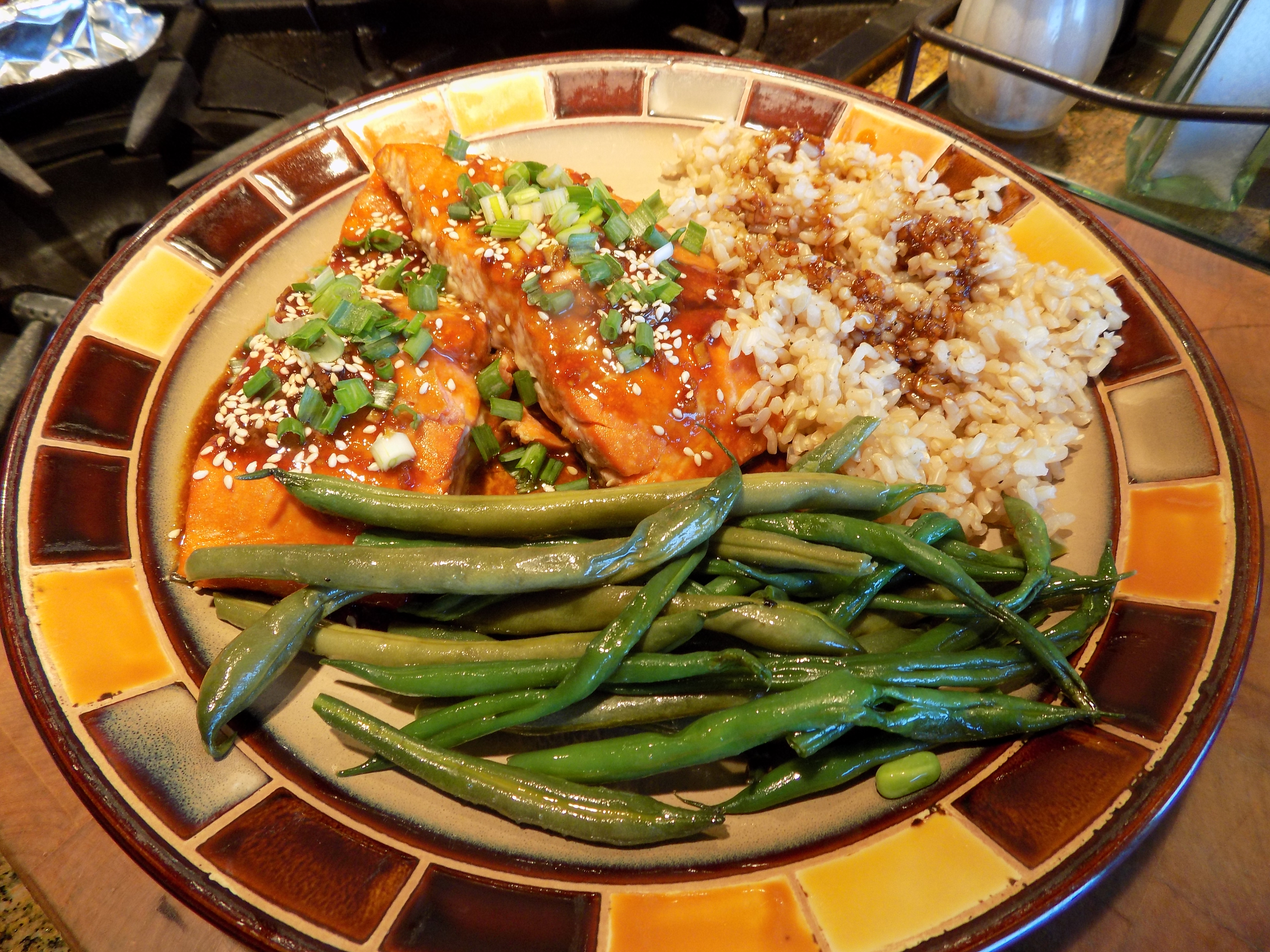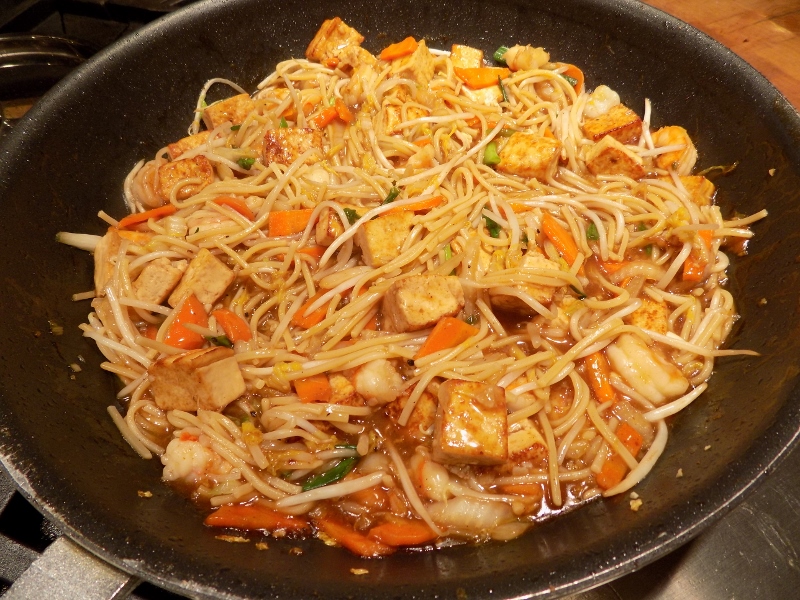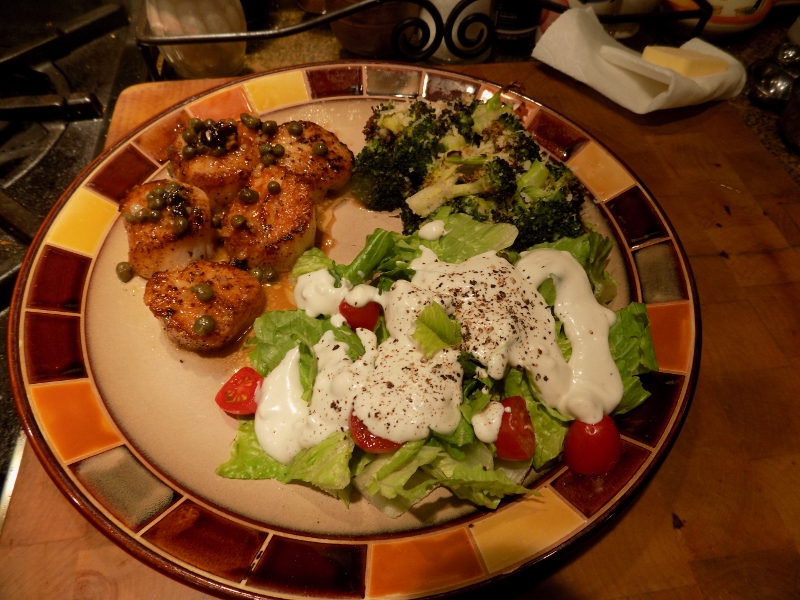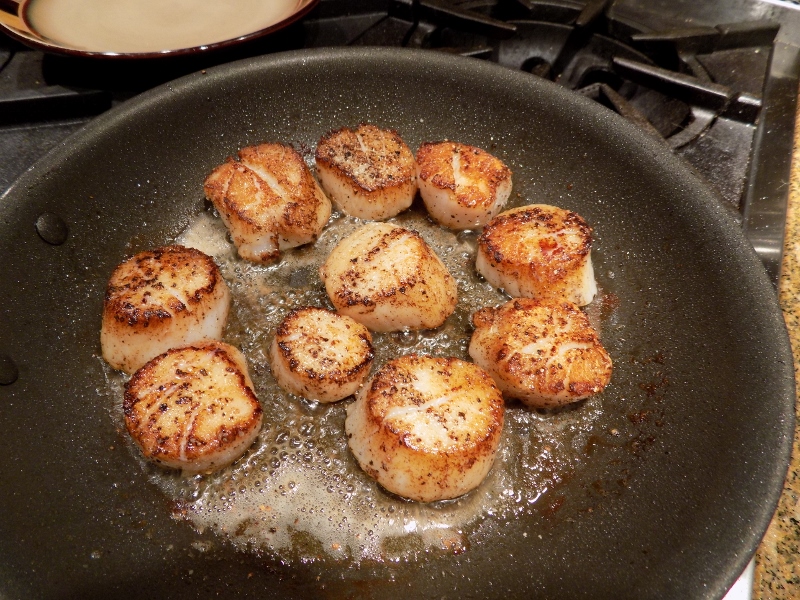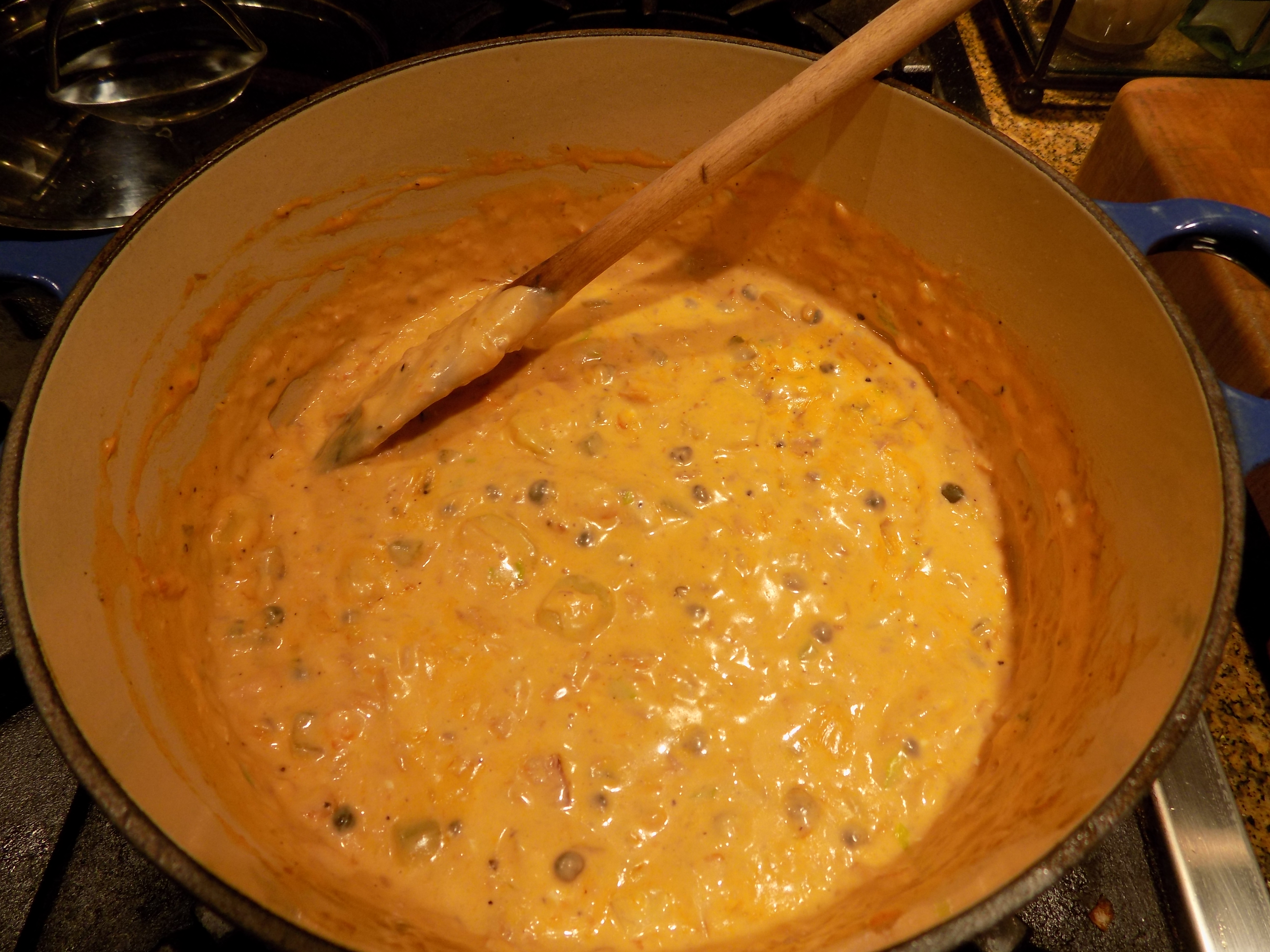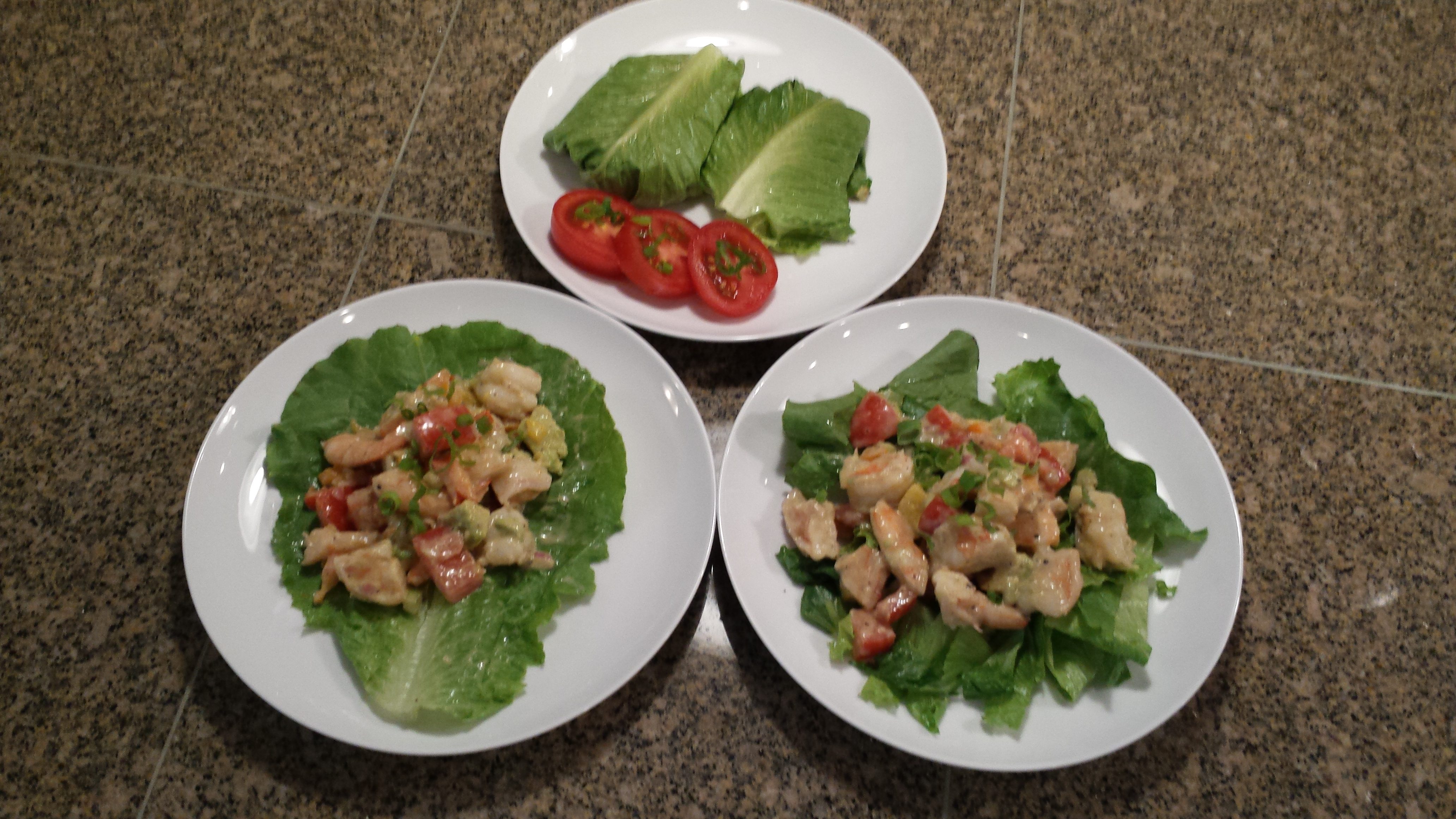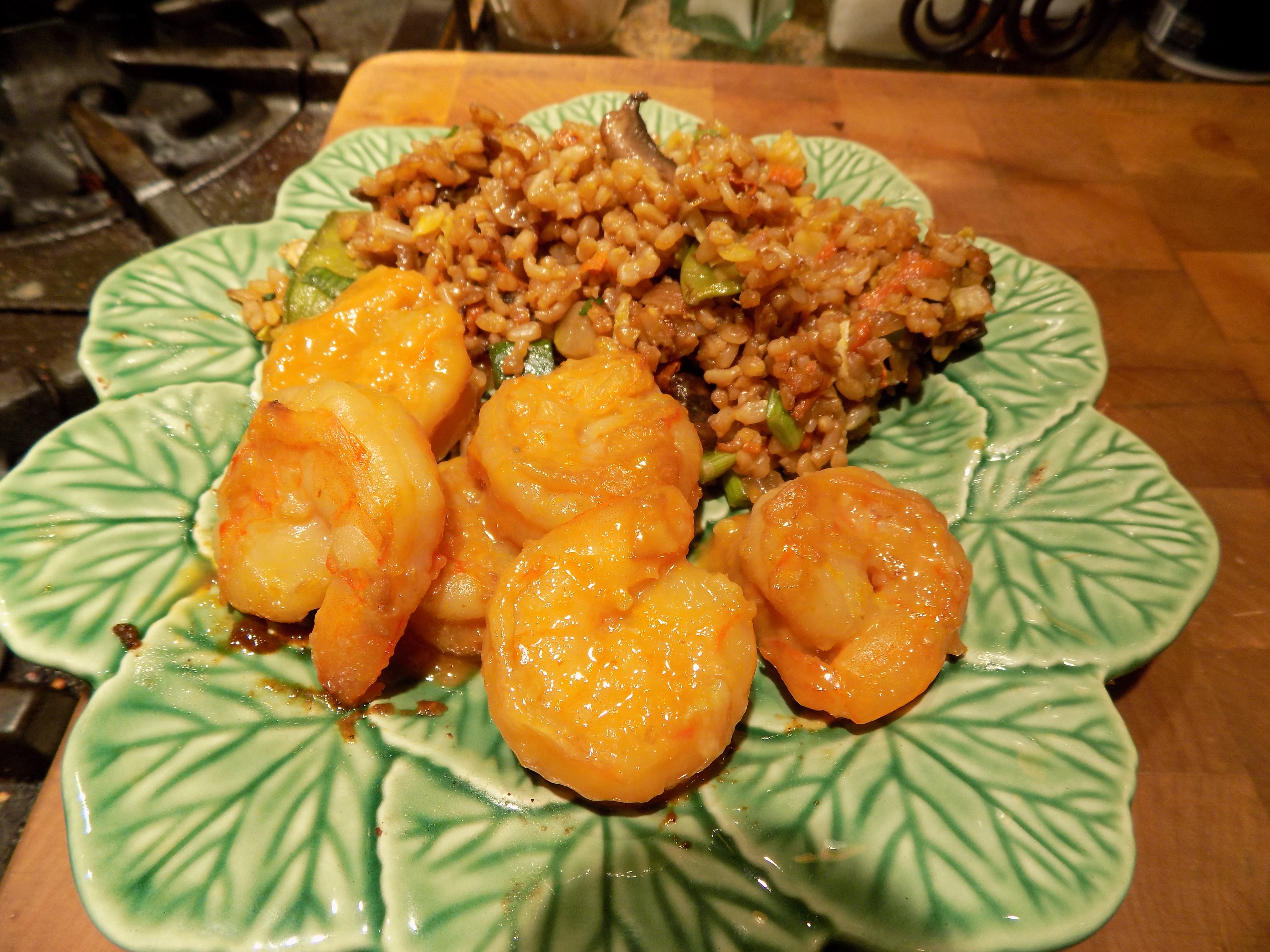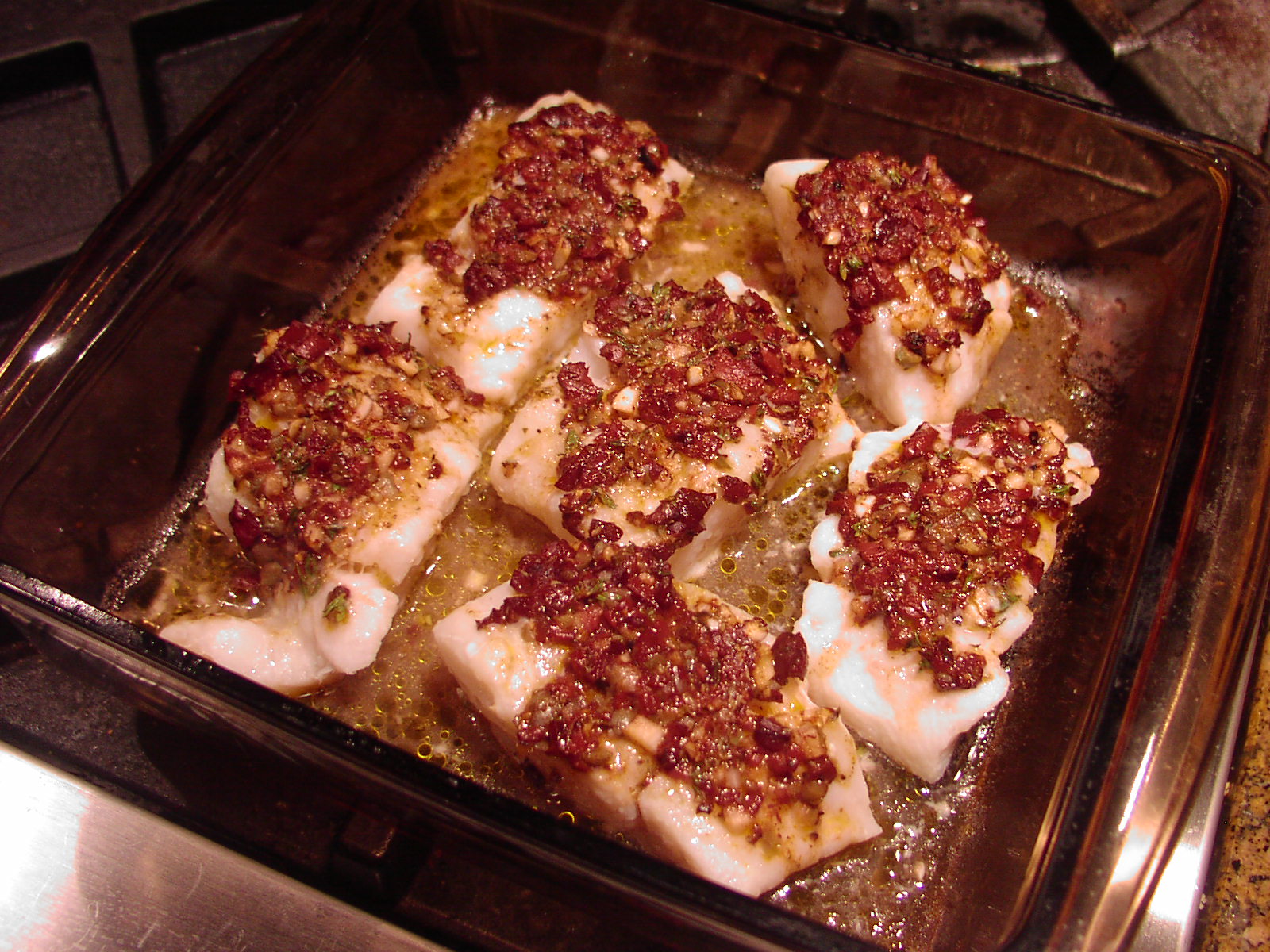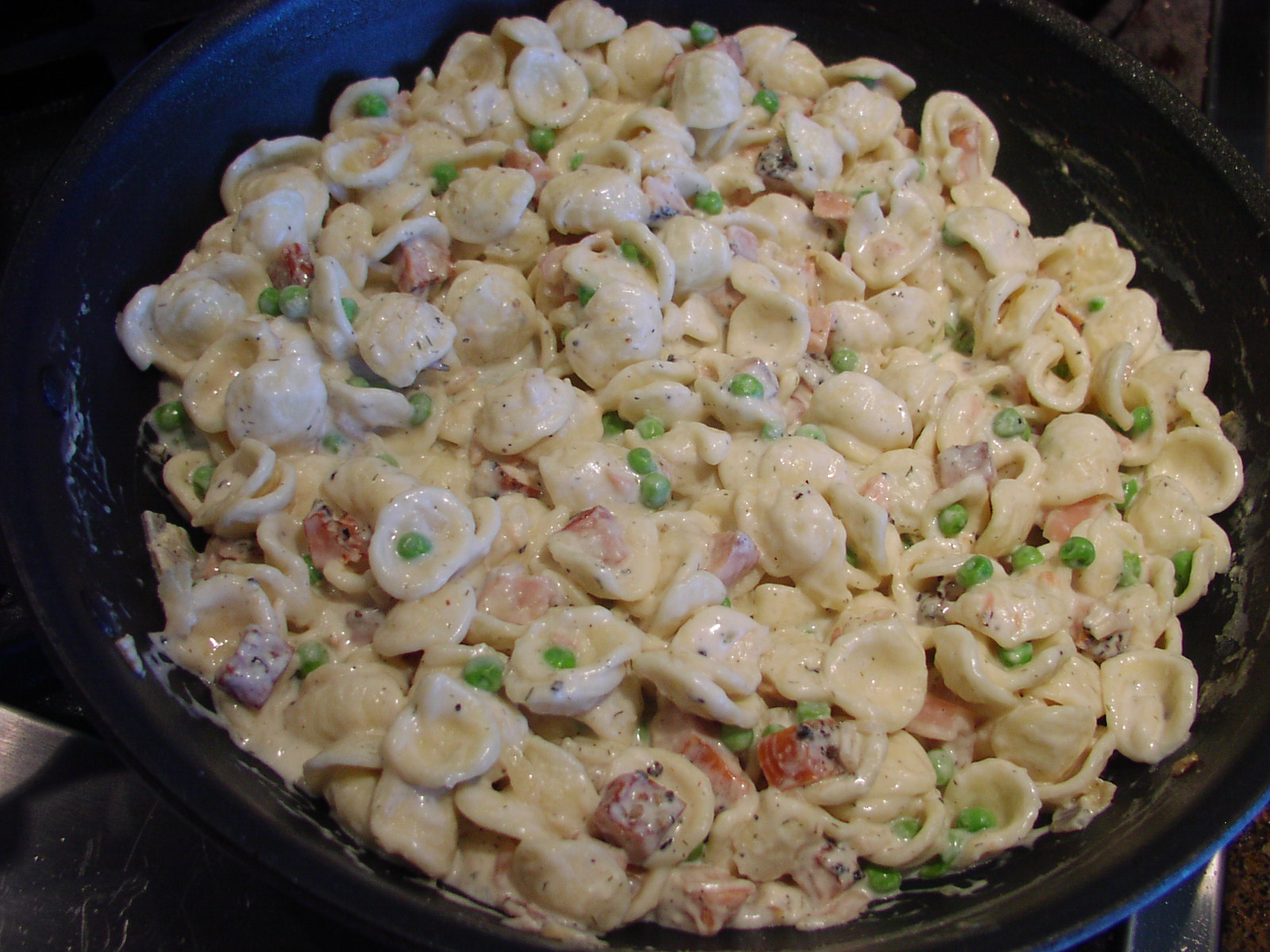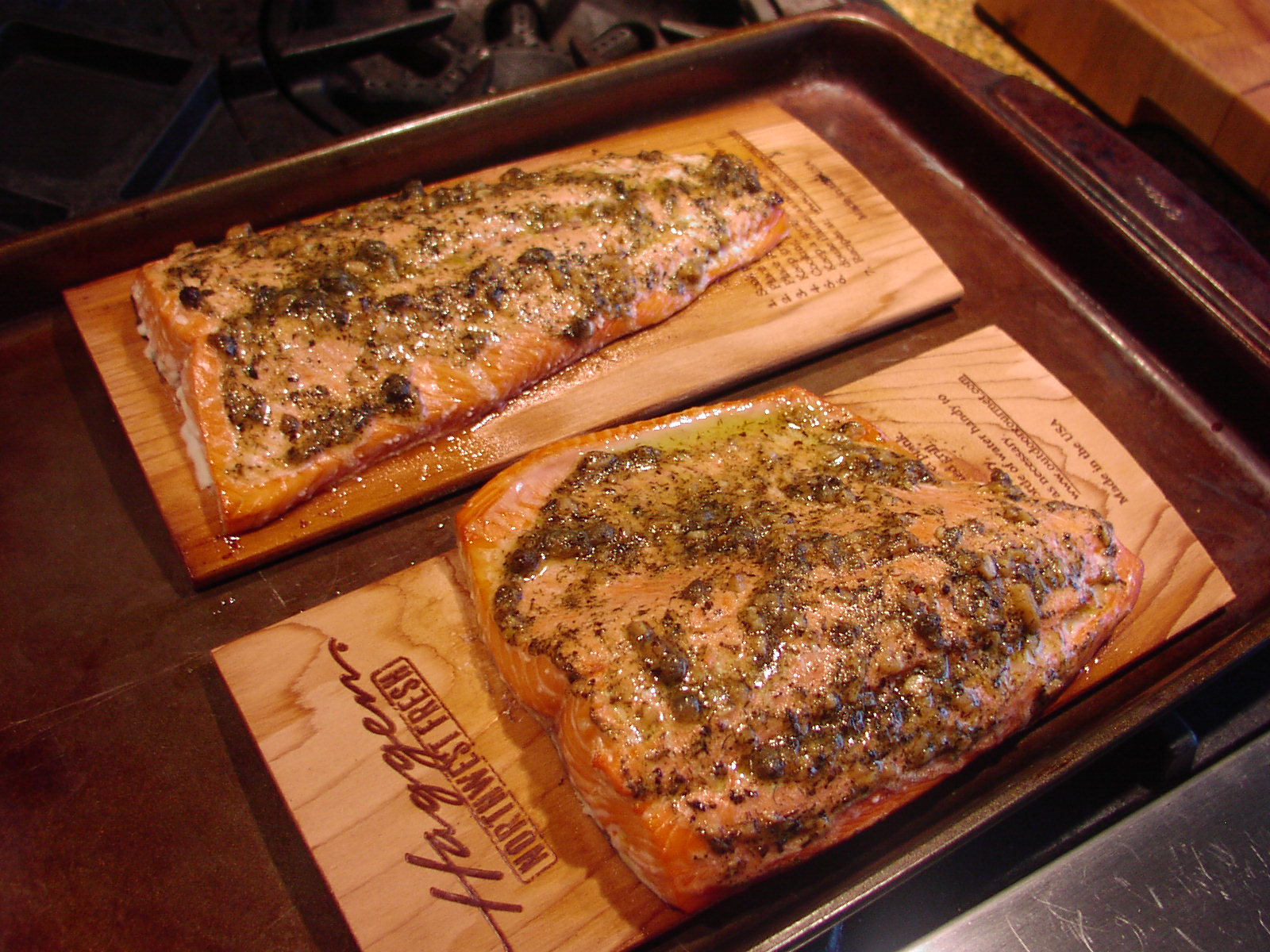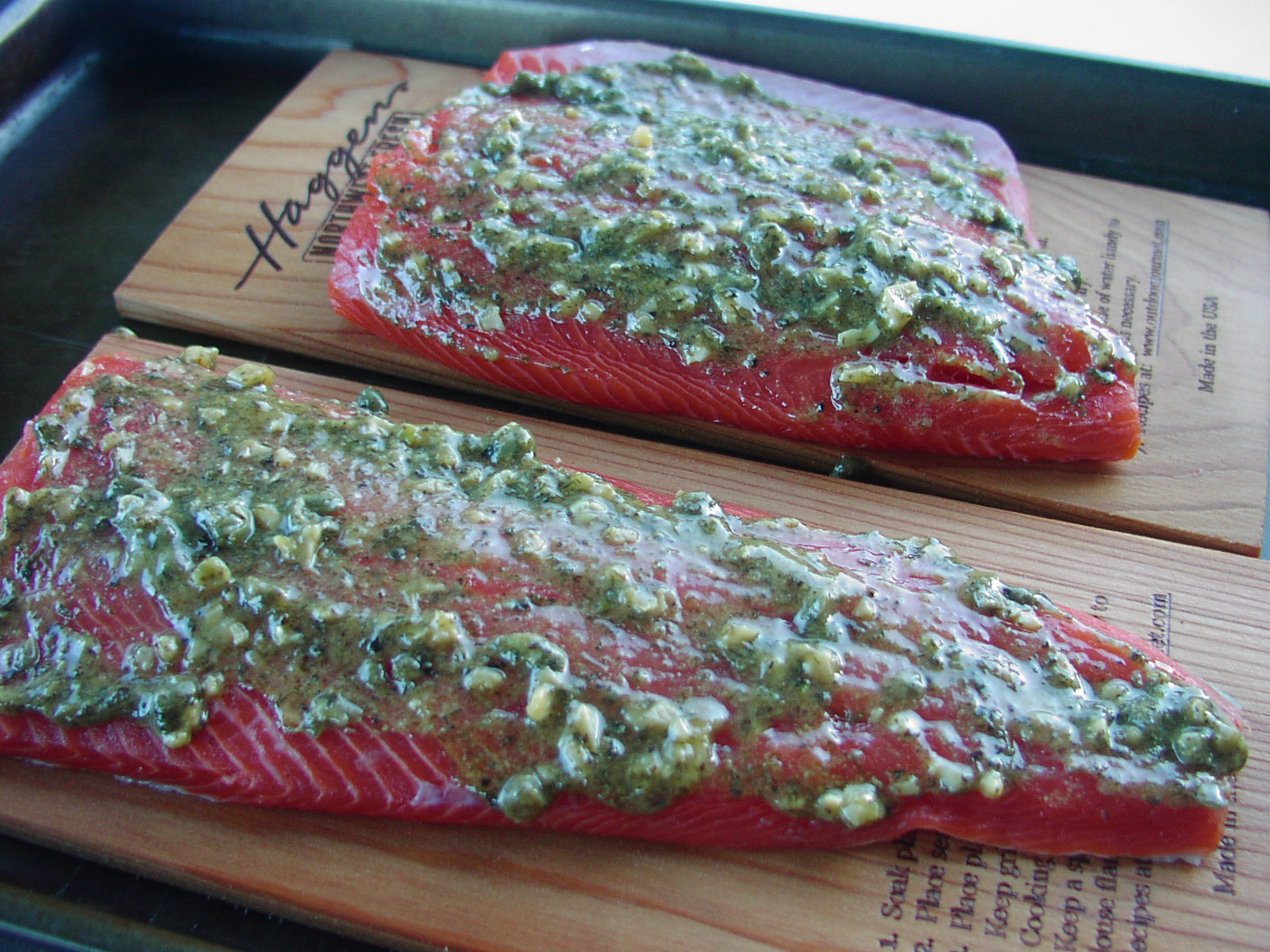So, how to enjoy étouffée without causing stomach distress, especially if you are over 60? Well the first thing to do is not add too much cayenne pepper to the Creole Seasoning mix. Seems like this should be fairly simple to understand, but I can’t tell you how many times I have been fooled by someone saying “really, it’s not that spicy”! I have even said the same thing to guests, without thinking that “too spicy” is really a relative thing. What is perfect for me, can well be far beyond what another person can tolerate. So the sauce for this étouffée can be as spicy or non-spicy as you want it to be. You get to dictate how much cayenne you want to use when you make Creole Seasoning yourself. For us, I use 2 teaspoons of cayenne. (The recipe makes about a cup of seasoning, so a teaspoon or two of cayenne is not that much. At least for us.) You may wish to use much less or even more if your stomach lining is cast iron. Regardless of how much cayenne you use, you are going to be delighted with how wonderfully flavorful the sauce is.
Now, not being from Louisiana, I get very confused by what to call some of the regions finest dishes. I love them all, but there are differences, subtle in some cases, but distinctive in other ways.
In order to understand that when eating this dish you are enjoying an étouffée, not a jambalaya or a gumbo, I have provided you with a very simple explanation of the differences.
Étouffée is a main course, made using one type of shellfish smothered in a thick sauce served over rice. It can be prepared with a lot of heat, or with little to none.
Jambalaya is more like a paella. It contains meat (often andouille sausage, chicken, smoked ham, and shrimp), often tomatoes, all simmered together with rice and stock.
Gumbo is served as a soup. It is a mix of vegetables and meat or shellfish with a semi-thickened stock and served alongside rice that has been cooked separately.
There is however, one thing consistent in all three dishes. That is the use of the “holy trinity”. In Creole and Cajun cooking, many recipes, including this one, contain the combination of onion, green bell pepper, and celery (revered threesome) that has been gently sautéed to form a flavor base for the rest of the ingredients. Much the same way in which French cooking has its mirepoix (carrot, onion, and celery) and Italy its soffritto (onion, celery, carrots or fennel bulb) as a base for many of their traditional recipes.
Regardless of what this dish is called, it’s just plain delicious. And it’s reasonably easy to prepare. And it’s a one dish meal. Protein, veggies, and starch are all served together in a bowl, making any other dish superfluous. I like that! Less work for me and fewer dishes for Mr. C. to wash after dinner. I call that a win/win! (Of course, you could always serve garlic bread as a side, but it’s really not necessary. You know, not necessary the way air and water aren’t necessary to life itself!)
Creole Seasoning:
- 1/3 c. paprika (I use sweet Hungarian paprika)
- 3 T. dried oregano (I use Mexican oregano)
- 2 T. kosher salt
- 2 T. dried basil
- 1 T. freshly ground black pepper
- 1 T. onion powder
- 4 tsp. dried thyme
- 4 tsp. granulated garlic
- 1-3 tsp. cayenne pepper
Mash all ingredients together with a mortar and pestle. (The back of a soup spoon works too.) Store in an airtight container. Makes more than you’ll need for this recipe. But it’s a great all-purpose creole seasoning recipe. Great in soups, stews, and yes, even other Creole and Cajun recipes.
Étouffée:
- 1 lb. peeled and deveined large shrimp (save the shells)
- ½ c. water
- 2 T. vegetable oil
- 6 T. unsalted butter, divided
- 3-6 tsp. Creole Seasoning (recipe above), divided
- 1 medium sized yellow onion, diced
- 1 green bell pepper, diced
- 4-5 celery stalks, thinly sliced
- 4 garlic cloves, finely minced
- ¼ c. all-purpose flour
- 1 tsp. minced fresh thyme
- 2 bay leaves
- 1 c. diced tomatoes (either fresh or canned)
- 3 c. chicken stock, or more if needed
- 1 tsp. Worcestershire sauce, or more to taste
- cooked rice (I use brown rice cooked in my rice cooker.) See recipe below.
- 1 bunch green onions, sliced
- hot sauce, opt.
Place peeled shrimp in a colander. Place shells in a small saucepan along with the ½ cup water. Bring water to a boil, remove from heat, cover, and let the shells steep until the shrimp stock is needed. (Before adding the stock to the sauce, strain the shells and discard.)
Heat the vegetable oil and 2 tablespoons of the butter in a medium large saucepan over medium heat. Pat the shrimp dry with paper towels and sprinkle with about 1 teaspoon of the seasoning mix. Fry until just cooked through. Do not over-cook. Remove shrimp to a small bowl. Set aside.
Melt the remaining 4 tablespoons butter in the same pan over medium heat until the butter just starts to brown. Sauté the onion, green pepper, and celery in the hot butter until softened, about 5 minutes. Don’t let the veggies get brown. Add the fresh garlic and cook for 1 minute. Stir in 4 teaspoons of the seasoning mix, the fresh thyme, and the bay leaves. (You may want to add more of the seasoning later, but for now, 4 teaspoons is perfect.)
Sprinkle the flour onto the vegetable mixture and stir until everything is well combined, 3 to 4 minutes. Stir in the diced tomatoes. Let cook for a minute or two. Whisk the chicken stock and shrimp stock into the vegetable mixture, stirring until smooth. Bring to a simmer and cook until the sauce is slightly thickened and reduced to a gravy consistency, 3 to 5 minutes, or for however long it takes to bring sauce to your desired consistency. Stir in the Worcestershire sauce and adjust seasoning.
Add the cooked shrimp and any accumulated juices. Cook only until the shrimp are hot.
Serve the étouffée over rice in large, shallow bowls. Garnish with green onions. Pass the hot sauce.
BROWN RICE
- 2 c. uncooked brown rice
- 3½ c. water
- 1 tsp. seasoned salt
- freshly ground black pepper
Place all ingredients in rice cooker. Push the button. Walk away for an hour.

